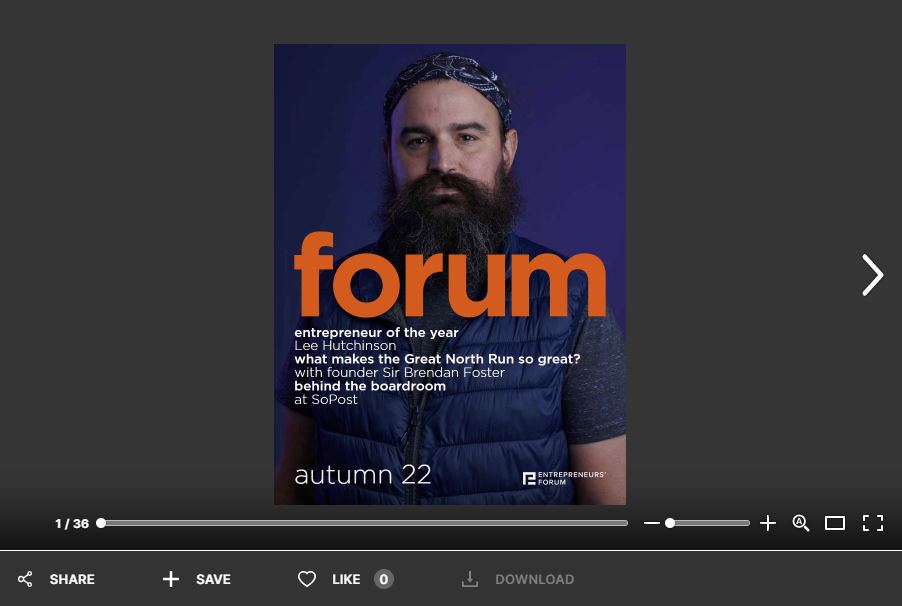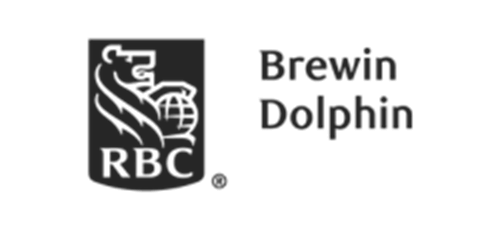Ahead of the 41st Great North Run on Sunday 11th September, Johnathan Ramsay sat down with its founder, Sir Brendan Foster, to discuss over forty years of the world’s largest half-marathon.

It’s not often you get the chance to sit down with a Knight of the Realm; someone that has done so much for the country that they’ve been recognised by royalty for doing so. A knighthood is undoubtedly an incredible achievement, a culmination of years of hard work.
However, when I sit down for a cuppa at the new Great Run Company office with Sir Brendan Foster, his focus is very much set on the future. Despite his recent knighthood and success of the 40th anniversary of the Great North Run (GNR), Sir Brendan isn’t ready to stand still and pat himself on the back.
After joking that his knighthood might help him when it comes to booking into high end restaurants, Sir Brendan quickly moves the conversation onto his one true passion - the Great North Run itself.
Taking me up to the balcony of his new office, which overlooks the Tyne Bridge, Sir Brendan discusses the original ‘city to sea’ concept for the run and its return in 2022, after two years of pandemic disruption that saw a city-only route in 2021 and a complete cancellation in 2020.
“The concept of the GNR came from an event I ran in Auckland, New Zealand, called Round The Bays,” he begins.
“It started in the city centre of Auckland, then around the beach and across the coast to the seaside.
“So, it felt natural when planning the course in the North East that you’d run from the city to the seaside, following the River Tyne.
“We had that idea 40 years ago and it was only the pandemic that stopped us from always doing that route.”
To meet public health guidelines, 2021’s 40th anniversary run had to be re-engineered to be contained within Newcastle and Gateshead.
Despite this mammoth challenge, the run was a huge success and had particular significance as one of the first major world sporting events to make a comeback.
In 2022 the race ‘comes home’, as Sir Brendan puts it, and runners have been signing up in their droves to make this the biggest homecoming party (and run) the city has ever seen.
“2022’s run is going to be the biggest have gotten this big when we first held it 40 years ago,” Sir Brendan says, with a smile.
“At the time, the biggest running event in the country was the National Cross Country Championships and they had 13,000 runners in it. That was massive.
“We organised the first GNR and at the same time they organised the first London Marathon. There were 6,000 people in the London Marathon and a couple of weeks later there were 12,000 people here in the Great North Run. From day one it’s been the biggest event of its kind in the country!
“It was the first running event in the world to have a million finishers. From anywhere, from New York to London, Chicago, Tokyo - it’s the most popular running event in the world.”
There’s no question that Sir Brendan is proud of the growth and impact of the GNR; not only on the region but on the global stage. However, as far as Sir Brendan is concerned, you’ve got to keep looking forward.
“For us, the real target is when we come to the 50th GNR,” he said. “Yes, we’ve just celebrated the 40th run, but we need to get our plans in place, our ambition in place, so that when it comes to the 50th GNR, we’ll make it a special occasion, but it’ll also be one of the prime events in the world.
“We’ve always been punching above our weight and we’ve always had to punch above our weight.
“We’ve got to strive. We’re clinging on the edge of that Premier League of events if you like. And it’s up to us to innovate, market, be creative and to organise better. You have to stay ahead of the game.
“That’s both a pressure and a challenge. We’re looking at this year and saying we’ve got 60,000 entries, but we’re already thinking about what we’re going to do next and how we’re going to improve and invest more.”
It’s this elite runner’s mentality - 'the never look back or else you’ll get caught' way of thinking - that’s elevated the GNR to a level where it’s battling with the world’s most iconic running events.
Because of the GNR, when it comes to marathons Newcastle is now spoken in the same breath as Tokyo, New York, Chicago and Berlin. It’s fair to say that the run has become a cultural icon of our region on a global scale. But Sir Brendan isn’t quite ready to adopt that title as of yet.
For him, there’s still a lot more work what makes the Great North Run so great? event we’ve ever had,” he says.
“We’ve had 60,000 entries for the adult event and almost 10,000 for the kids events on the Saturday.
“So, overall you’re talking about 70,000 entries. You’re talking about one of the biggest events in the world. If not the biggest event in the world - of its kind.”
The Great North Run is now one of the biggest events in the global running calendar - an incredible feat for a half-marathon in the North East of England that was originally advertised as a local fun run when it was created in 1981.
Now, with well over 1 million finishers, the GNR is undoubtedly one of the largest half-marathons in the world.
“You couldn’t have predicted it would to be done and self-congratulatory titles are only gateways to complacency.
“When it comes to, in your words, ‘cultural icons’, you’ve got to be careful that you don’t let them fall into decline,” he explains.
“If this is a symbol and representation of the region, and you call it a 'cultural icon', you’ve got to make sure it’s good. It can’t be average, it can’t be ordinary.
“We can’t afford to let ourselves get in the position where an event of this significance doesn’t strive for even greater glory, even greater size and quality - and expertise.
“When Alan Shearer was playing centre forward for Newcastle and he scored 21 goals in a season, you don’t think in that summer he was thinking ‘that’s alright, I’ll see if I can score 15 next year.’”
There’s certainly nothing ordinary about what the GNR brings to the region. When it comes to both the tangible and intangible benefits, Sir Brendan understands the significance that the run holds for the North East.
“The day-to-day job here isn’t to say ‘oh, aren’t we clever’, the day-to-day job is how do we make it better, how do we make it more impactful, how do we make it more significant for the region?” he says.
“The run is already a vehicle for the raising of £25 million of charity fundraising. And when it was cancelled that went down to almost nothing.
“There’s a pressure on us to make sure that the charities are successful and activate their involvement.
“There’s also an economic impact on the region that was once again missed in the year it was cancelled. That’s roughly £30 million a year.
“These are huge tangible benefits. The intangible is what it does to create pride in our region and translate that worldwide.
“And last year 157 countries throughout the world televised the Great North Run live and they saw the rusty Tyne Bridge. They probably didn’t notice it, but that’s something that can affect us.
“The great thing for us is that the government has recently agreed to finance the repainting of the Tyne Bridge. We’re delighted that by the time it comes to the 50th GNR that this symbol of the region will be looking fresh again.”
At 74 years of age, you’d think Sir Brendan would be slowing down, but after spending half an hour with him, it’s obvious that the prospect hasn’t even crossed his mind.
When I asked him if he’d consider his work done after a successful 50th Great North Run, at which point he’ll be in his 80s, his answer was simply, “Nah, there’s always tomorrow!”
This article was originally published in the autumn 2022 edition of our magazine, forum, available to view via Issuu.








